We all know that baby shoes should be chosen meticulously, so several different factors which are necessary to consider seriously are recommended by podiatrists are provided in this section.
According to the findings of a study conducted by the College of Podiatry, as many as 29 percent of youngsters in the United Kingdom may be using footwear that is grossly inappropriate for their feet.
There is a risk of developing blisters, bruising, and ingrown toenails as a result of this.
Around the time that they are one year old, the majority of youngsters master the ability to walk.
When your kid first starts to walk, shoes are a crucial consideration for you to make.
A youngster who is still developing will typically need new shoes on a fairly regular basis.
A little less than one in six parents, or fifteen percent, admit that they don’t like going shoe buying for their kids since their kids prefer not to wear the shoes that their mom and dad want them to wear.
5 percent of all parents said that they were unable to keep their kid motionless for the whole of the shoe fitting process.
When shopping for children’s footwear, there are a few things to keep in mind:
How does the foot feel within the shoe?
How exactly is the shoe constructed?
Is the kind of shoe your kid will wear acceptable for their age?
Always keep in mind that the shoes you wear should be comfy right away. If a pair of new shoes have to be “broken in,” it indicates that they were either poorly constructed or poorly fitted for your child’s foot when they were first purchased.
When determining the proper length, breadth, and depth of your child’s shoe, you need to pay careful attention to all three of these dimensions. To allow the foot to move freely within the shoe, there must be space at the end.
Seventy percent of youngsters wear shoes with widths between D and E.
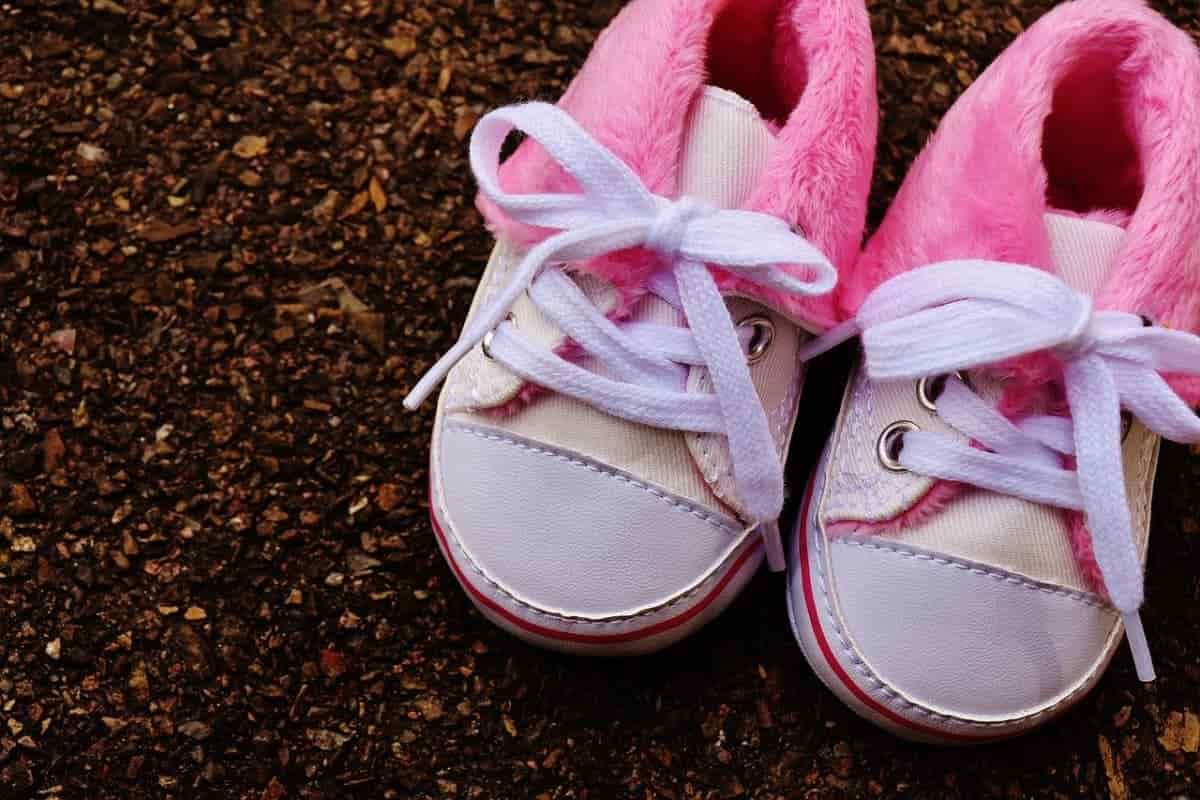
The typical width for boys’ shoes is an E, whereas girls’ shoes are a D. A shoe that is closed with laces may fit feet of varying widths.
As a result of the uneven growth patterns of children’s feet, it is recommended that children have new shoes every three to four months.
Early toddlers often develop more than half a foot size in only two months.
This typically occurs between the ages of 12 and 16 months. After the age of 16 months, foot growth might slow down to an average of half a foot size every three months.
This continues until the age of 24 months. The average kid between the ages of 24 and 36 months old grows roughly one-half of a foot size every four months.
Children above the age of three years old see increases of one-half of a foot size every four to six months.
It is important to inspect the depth of the shoe to make certain that the top of the shoe will not put pressure on the toes or the toenails.
Check to determine whether your child’s shoes will fit by using your finger to feel the inside of the shoe and by looking at the form of both the shoe and the child’s foot.
Is there room for them to move their toes and wriggle their toes? The toes have greater freedom to move about with footwear that has a toe box that is rounded.
Construction of Shoes and Use of Materials:
Upper: Because children’s feet sweat, a permeable or natural fabric such as leather, canvas, or mesh is advised for the upper portion of the shoe.
Avoid using man-made substances such as plastic and other synthetics.
Insole: Check if the insole is constructed of a material that can absorb moisture.
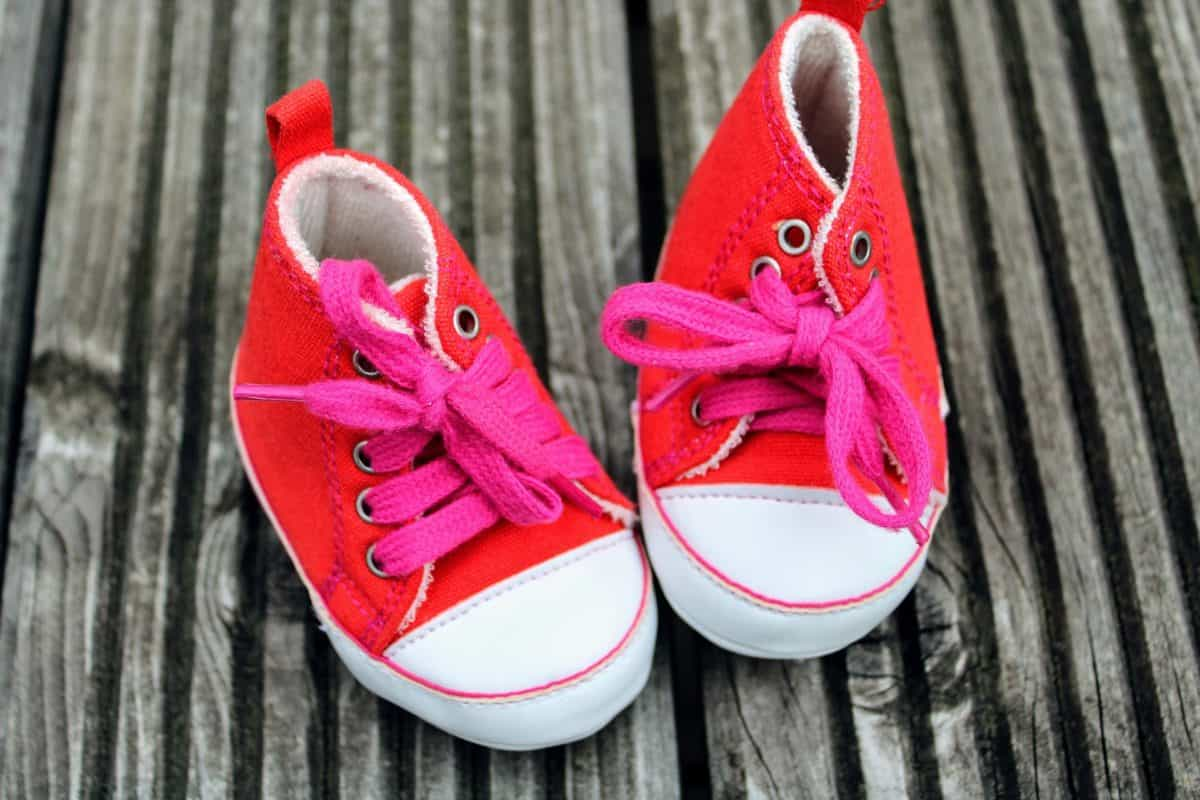
The vast majority of youngsters do not need additional arch support.
All children under the age of 16 months possess flat feet, and their arches don’t completely form until they are between the ages of 6 and 8 years old.
Sole: The grip, cushioning, and flexibility of the shoe are all provided by the shoe’s outside sole.
Some exterior soles that are highly sticky and thick may make young kids clumsy, which can lead to falls; these soles should be avoided.
The heel counter has to be sturdy to properly support the foot.
Heels: Flat outer soles make it straightforward to begin walking.
Older children may wear shoes with heels, but the heels shouldn’t be too tall (larger than one inch), since this might cause the foot to slip forward, squeezing the toes against the shoe.
Heels should not be higher than one inch.
According to further data from the study conducted by the College of Podiatry, 22% of parents reported feeling pressure from their daughters to purchase trendy shoes such as ballerina pumps, flip-flops, and even high heels.
Following this, it was emphasized that a disturbing one in ten young girls are wearing sneakers with a heel of two centimeters or higher; moreover, on average, young British girls are wearing such sorts of shoes as early as six years old.
What makes an excellent pair of shoes:
Pre-Walking Shoe: Your child’s age dictates that he or she should wear certain styles of shoes.
Babies and children who are still crawling do not need footwear.
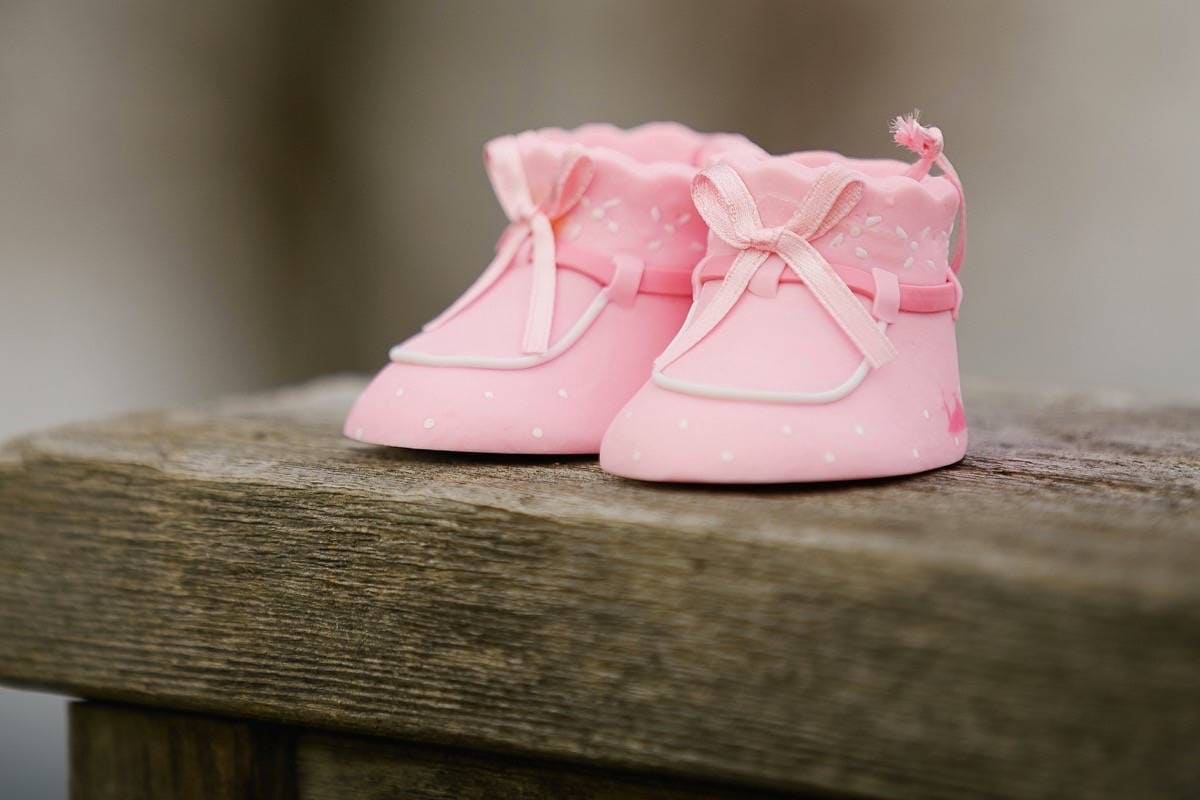
They just need booties, thick socks with a wide circumference, or pre-walking shoes that do not restrict their feet to keep their feet warm.
The form of the shoe must be similar to that of the child’s foot, and the shoe should be elastic rather than offering firm support for the foot.
Shoes for Toddlers: Shoes for children aged 9 months to 3 years should be designed so that the foot has enough ventilation since toddlers’ feet perspire a lot more than an adult’s feet do.
Stay away from synthetic textiles since they can’t breathe.
A high-top shoe is a fantastic alternative for youngsters from 9 months to 18 months old.
This will maintain its grip on the foot more effectively than a shoe of conventional height.
A shoe that laces up allows for more stability since it can be adjusted to fit the wearer’s foot and will keep the foot from moving about within the shoe.
The bottom of the shoe must be as smooth as the palm of your hand.
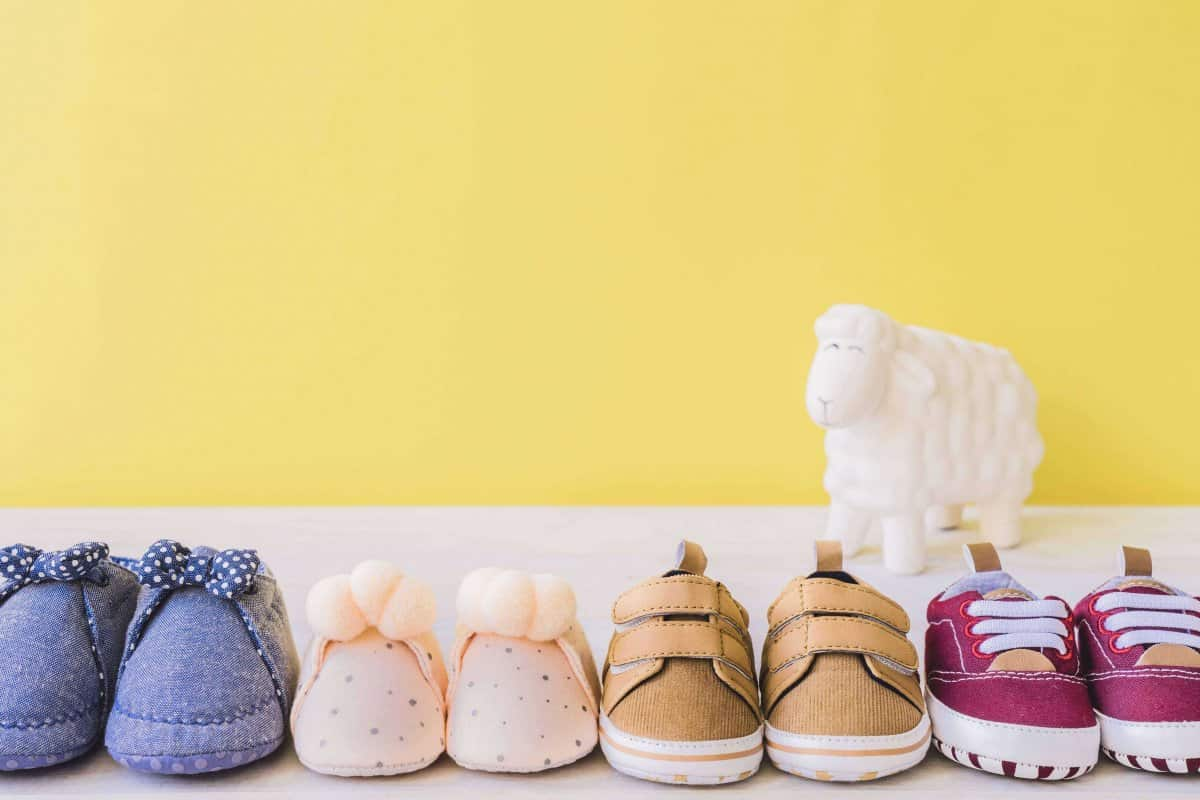
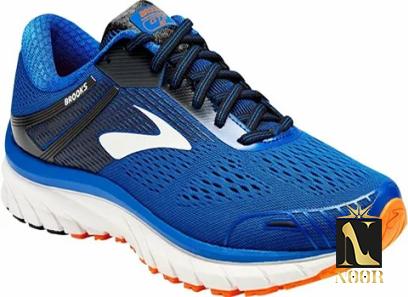
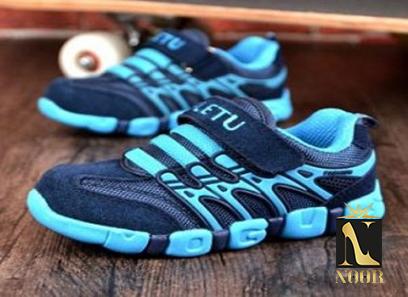
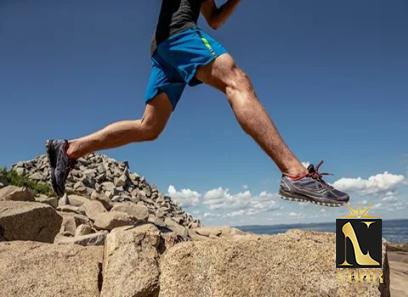
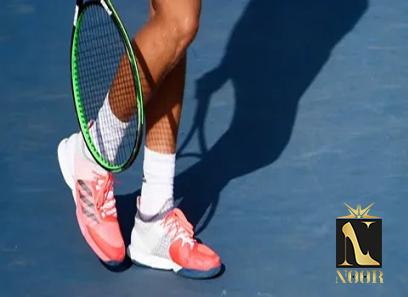
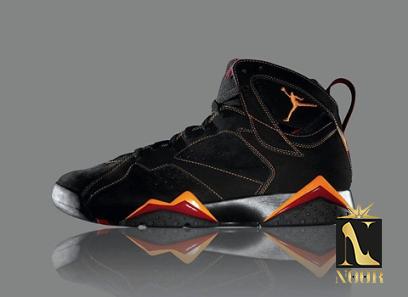
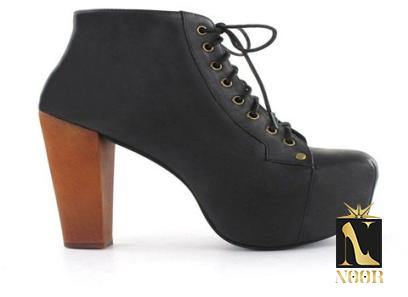
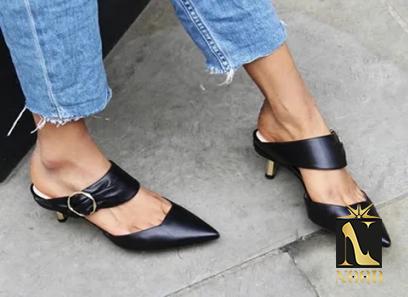
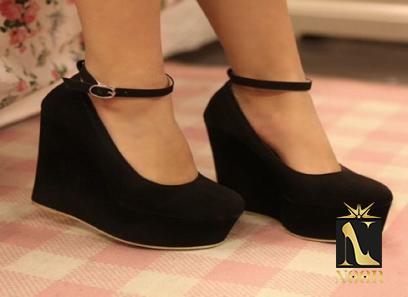

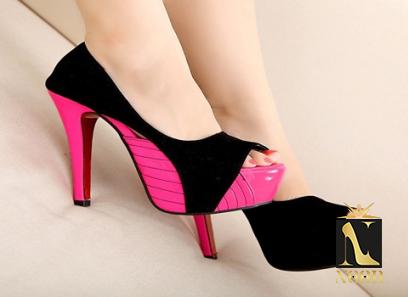
Your comment submitted.